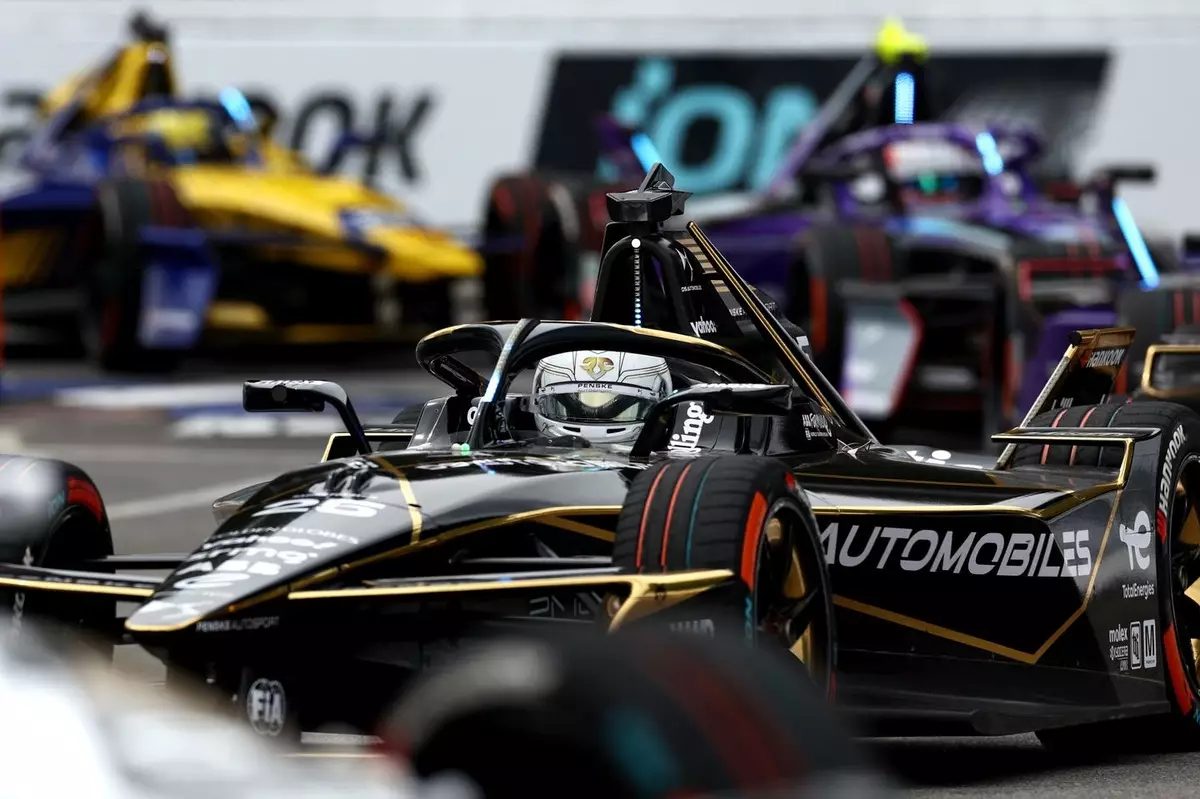As the buzzing anticipation grows around the upcoming Jeddah E-Prix, the introduction of the Pit Boost in Formula E is set to revolutionize the race format. However, while innovation often brings excitement, it also fosters uncertainty. Two-time champion Jean-Eric Vergne presents pertinent concerns regarding the unintended consequences this new feature might impose on the sport’s dynamics. His insights serve as a useful starting point for a broader examination of how this regulatory evolution could shape the competitive landscape of Formula E.
Formula E has continually evolved since its inception, and the latest updates are encapsulated in the much-anticipated Gen3 Evo model. This year’s vehicle boasts enhanced performance metrics, attracting both drivers and teams with its potent design, which incorporates four-wheel drive technology and softer Hankook tires. The expectation among teams is reflected in the staggering improvements in lap times reported this season—a remarkable three seconds faster during pole positions observed at events in Sao Paulo and Mexico. Performance is expected to reach new heights as teams acclimatize to the technical specifications provided by the season’s revisions.
The introduction of the Pit Boost marks a significant step forward, promising to augment strategy during the high-stakes races of the championship. This feature entails a recharge of 10% of the battery at a formidable 600kW during pit stops, though Vergne underscores the complexities and risks that accompany this new layer of strategic decision-making. The required pit stop of approximately 30 seconds must be executed precisely during the race, adding an element of tension, especially when considering how such a stoppage could shape the outcome.
The Risk of Disruption
Vergne’s apprehensions about the potential chaos during pit stops highlight that the new regulations may inadvertently favor luck over skill. A critical point he raises is the possibility that race leaders might find themselves at a serious disadvantage as they exit the pit lane potentially a lap down. This concern is intensified when the safety car is deployed. The randomness introduced by safety car deployments can drastically alter race dynamics, often in favor of drivers who strategically time their pit stops. If restrictive regulations are not carefully evaluated, the essence of racing we cherish might be overshadowed by the unpredictable nature of luck.
The probability of fortunate circumstances skewing results diminishes the worth of pure racing skill. Vergne pointedly remarks that drivers with the foresight to stop just before a safety car deployment could slip ahead by a staggering 30 seconds, a situation that could lead to outrage among competitors who have navigated the race diligently.
Adding to the evolving narrative of strategy in Formula E is the redefined Attack Mode, which allows drivers to gain a competitive edge through increased power for a specific duration. Yet, the efficacy of this feature is at risk due to the high level of unpredictability within race conditions. Vergne highlights encounters in Sao Paulo and Mexico that left him frustrated, as activating Attack Mode seamlessly before a full-course yellow rendered his strategic advantage moot.
The heart of Vergne’s criticism lies in the impact that uncontrollable facets of racing can have on the outcome. When drivers invest substantial effort into positioning themselves for optimally timed maneuvers, any alteration triggered by external factors significantly disrupts their planned course of action. This reliance on luck not only breeds discontent among drivers but could tilt the balance in favor of those who have less regard for precision and preparation.
As Formula E gears up for its future with the Pit Boost and updated technical regulations, the mix of thrill and apprehension surrounding these changes symbolizes a notable tension between innovation and fairness. The concerns outlined by Vergne underline a critical point: while regulation updates aim to enhance competition and excitement, they must not come at the cost of undermining the skill and strategy that define motorsport.
To ensure a healthy competitive atmosphere, stakeholders must acknowledge these potential challenges and consider implementing adjustments that prioritize equitable conditions for all drivers. As we navigate through this daring chapter of the championship, it remains imperative to focus on maintaining the integrity of racing while embracing the thrilling wave of technological advances.


Napsat komentář